Portrait paintings have been a part of the art world since the beginning of time. From the first stick figures on cave walls to the carefully crafting realistic portraits of the Baroque era, this subject matter has taken on a number of different forms. These French artists helped to advance art history and astounded viewers with their unique perspective and skill in this age-old art form.
1. Elisabeth Vigee-Lebrun
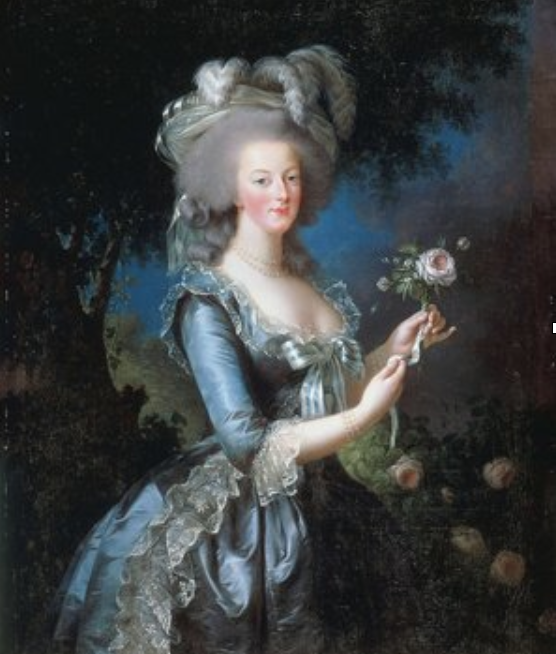
Elisabeth Vigee-Lebrun was a painter born in Paris and a part of both the Rococo and Neoclassicism Movements. She boasts a large portfolio including more than 650 portraits as well as 200 landscapes. She was even given patronage by Marie Antoinette during her career which is why you can find more than 30 portraits of Antoinette and her family among Vigee-Lebrun’s repertoire. The queen even helped the artist work her way into the Académie royale de Peinture et de sculpture as one of 15 women admitted at the time.
2. Claude Oscar Monet
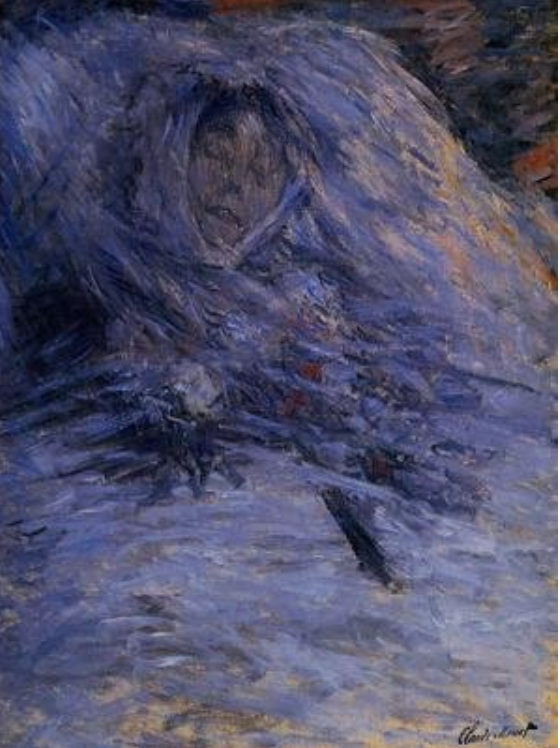
Claude Monet is a name familiar to both art aficionados and laymen alike. The artist is often associated with his plein air landscape painting technique but he also painted beautiful portraits over the course of his lifetime. The artist was the master of the Impressionist Movement and he rarely diverted from this technique. His paintings are easy to recognize from their short brushstrokes. His portrait work increased after the death of his wife, Camille Monet, in an effort to capture her in his grief.
3. Edgar Degas
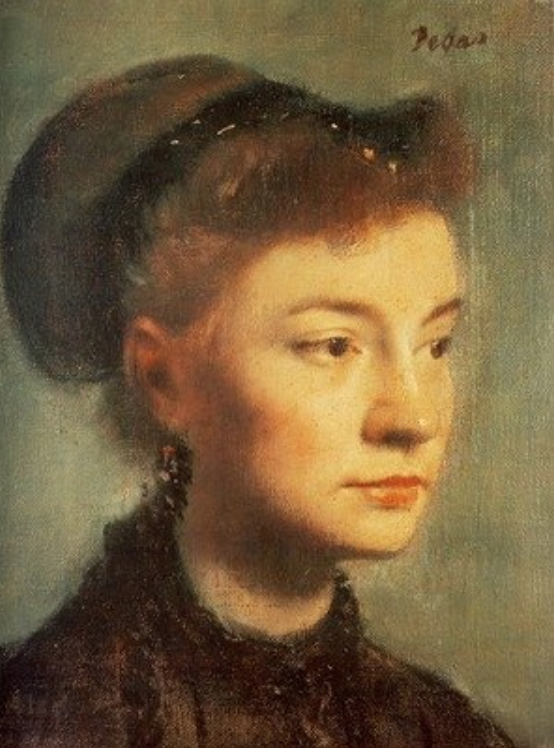
Edgar Degas was an artist born in Paris that was well-known for his artistic versatility. He produced paintings, prints, sketches, and sculptures over the course of his career. His portraits reached significant acclaim for the emotion behind them. They’re often cited as great examples of a display of psychological complexity captured in a still image.
4. Jacques Louis David
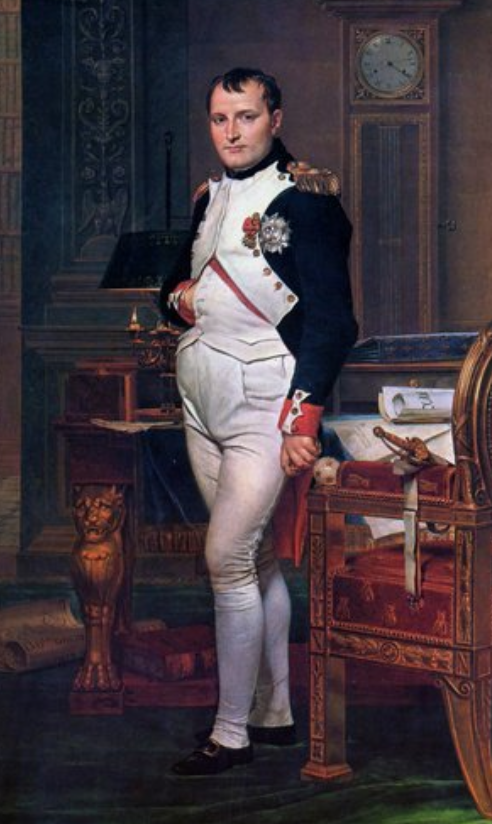
Jacques Louis David was a strong artistic member of the Neoclassical Movement. He was well-known for his historical work. This is why it isn’t surprising to see portraits of famous figures like Napoleon in his repertoire more often than self-portraits. He was also very politically involved during the French Revolution as well as close with Napoleon, giving him a front seat to the history he captured.
5. Pierre Auguste Renoir
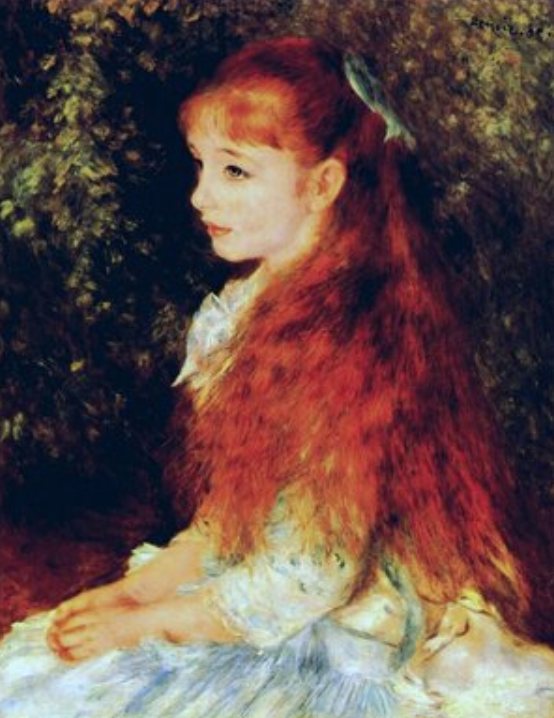
Another artist that rose to fame during the Impressionist Period was Pierre Auguste Renoir. Like Monet, Renoir was considered an influential figure on the period of time. He was also a versatile artist. He didn’t stick to a single subject or even a single theme. Even when narrowing his portfolio down to his portraits, Renoir captured everyone from children to adults, men to women.
6. Eugene Delacroix
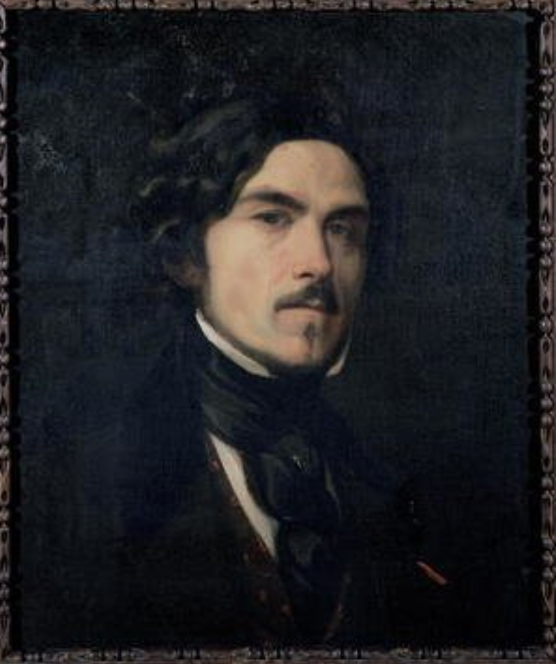
On the opposite end of the spectrum from Neoclassicism artists, Eugene Delacroix was a French artist active in the Romanticism. His art was recognizable by many of the dramatic features of time. In particular, he liked to play around with the palette he was working with. In the above painting, you can see that he wasn’t afraid to experiment with drastic tones.
7. Marie Genevieve Bouliard
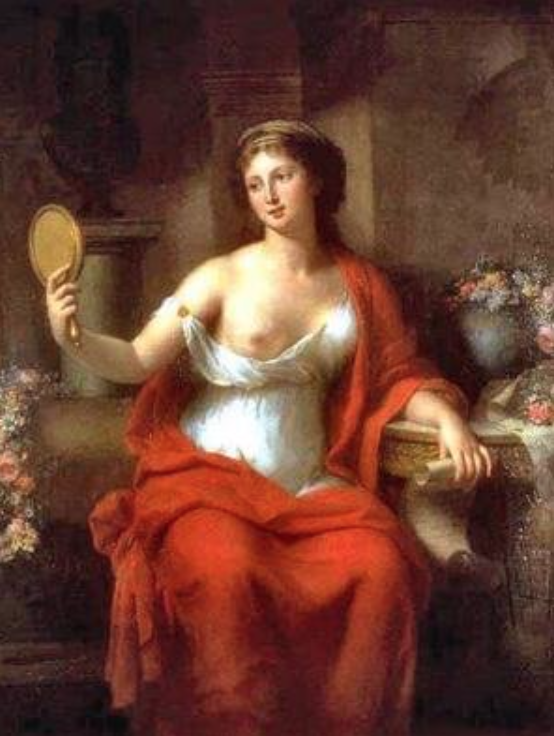
Unlike many of her contemporaries, Marie Genevieve Bouliard worked almost exclusively in the form of portraits. This included both self-portraits and portraits of those around her. She didn’t have to wait for her fame either. Unlike many unfortunate artists, she received acclaim for her self-portrait, Aspasia, only a year after its release in 1794.
8. Maurice Quentin de La Tour

Maurice Quentin de La Tour was a Rococo Era portraitist who lived from 1704 to 1788. He was best known for his use of pastels in his portraits. In the self-portrait above, you can easily see the reliance on the color blue, offset by white, to bring the painting to life.
9. Leon Bonnat
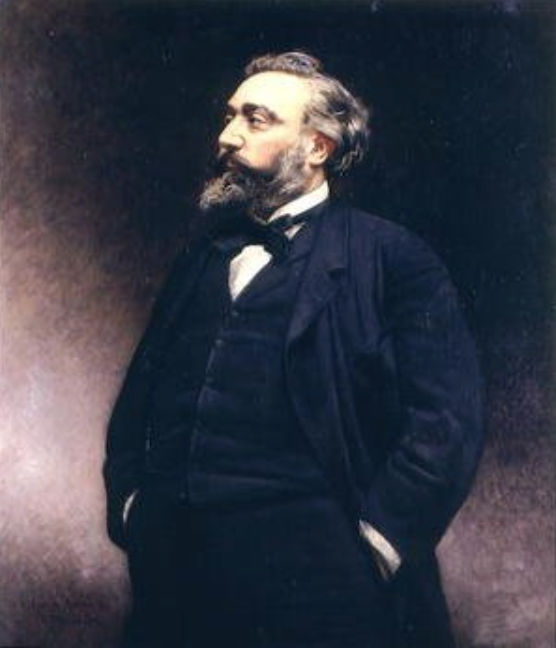
Leon Bonnat wasn’t just a painter in his own right during his lifetime but he also became a professor at the Ecole des Beaux Arts. He even awarded a medal of honor in 1869 in Paris and gained recognition among American art students. This pushed his influence outside of the borders of France. As an art professor, he was known to pass on the lesson to his students that the balance between detail and overall effect was crucial to creating an impactful painting.
10. Louis Ferdinand Elle the Elder
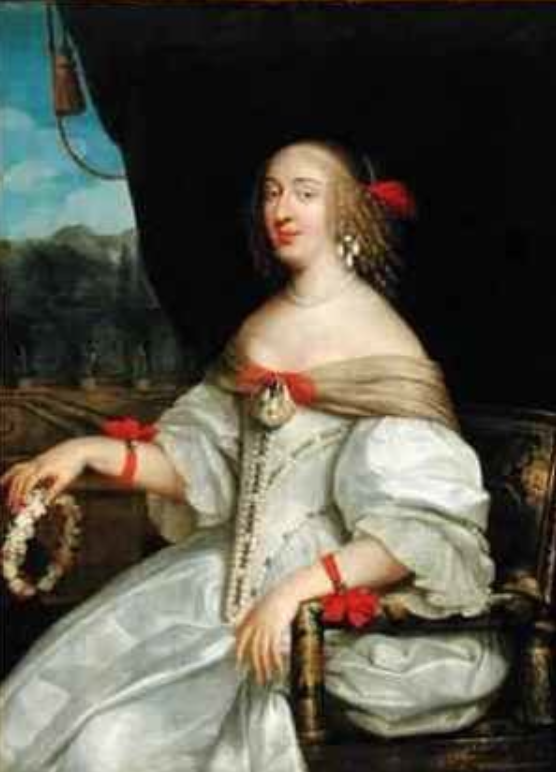
There were actually two artists named Louis Ferdinand Elle in France. To distinguish between them, the father and son were dubbed Louis Ferdinand Elle the Elder and the Younger. Elle the Elder was a skilled portraitist and passed his skills onto the Younger.
Conclusion
Portraits have had a unique place in history over the years. Not only are they beautiful, they’ve shown us historic individuals that we may have never otherwise had the chance to see. These portrait artists represent the most famous names in France but only offer a portion of what the country and the world at large has to offer.












